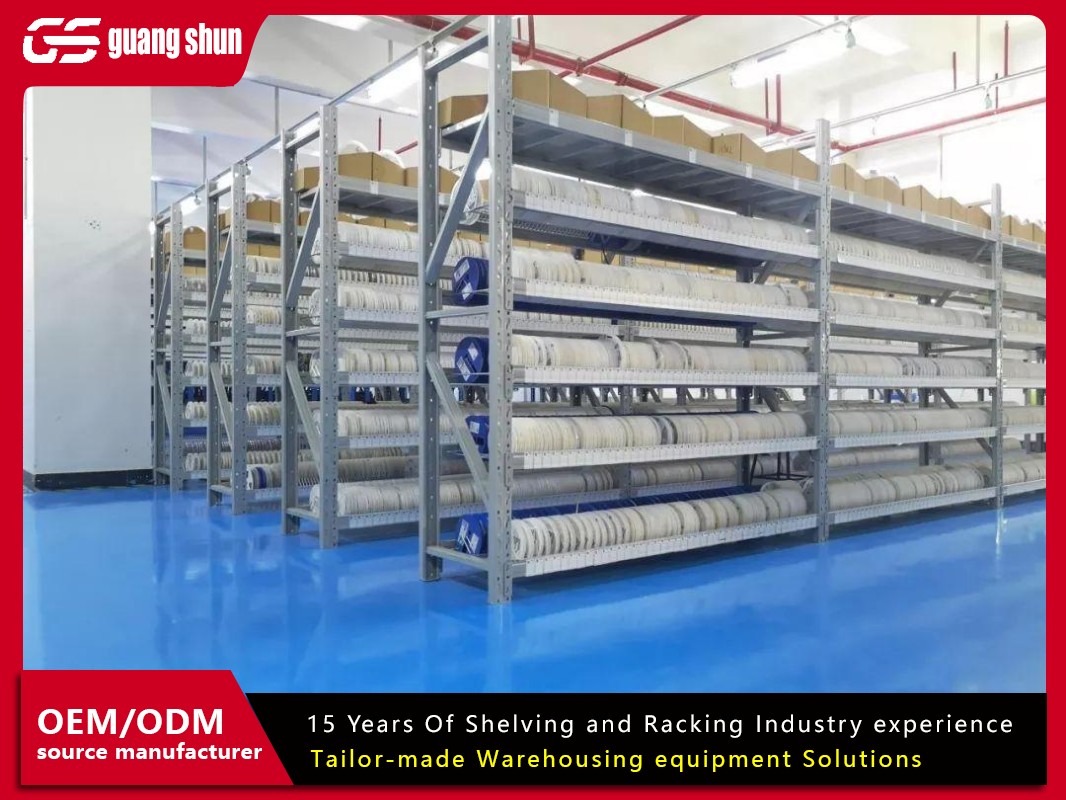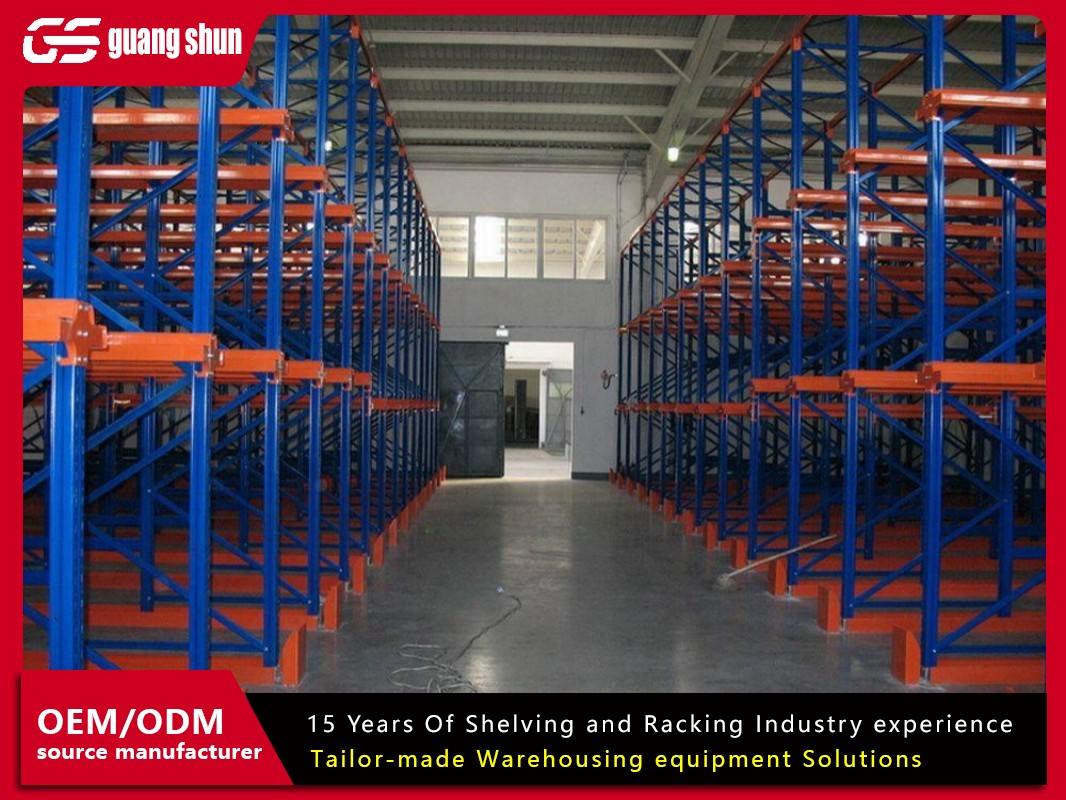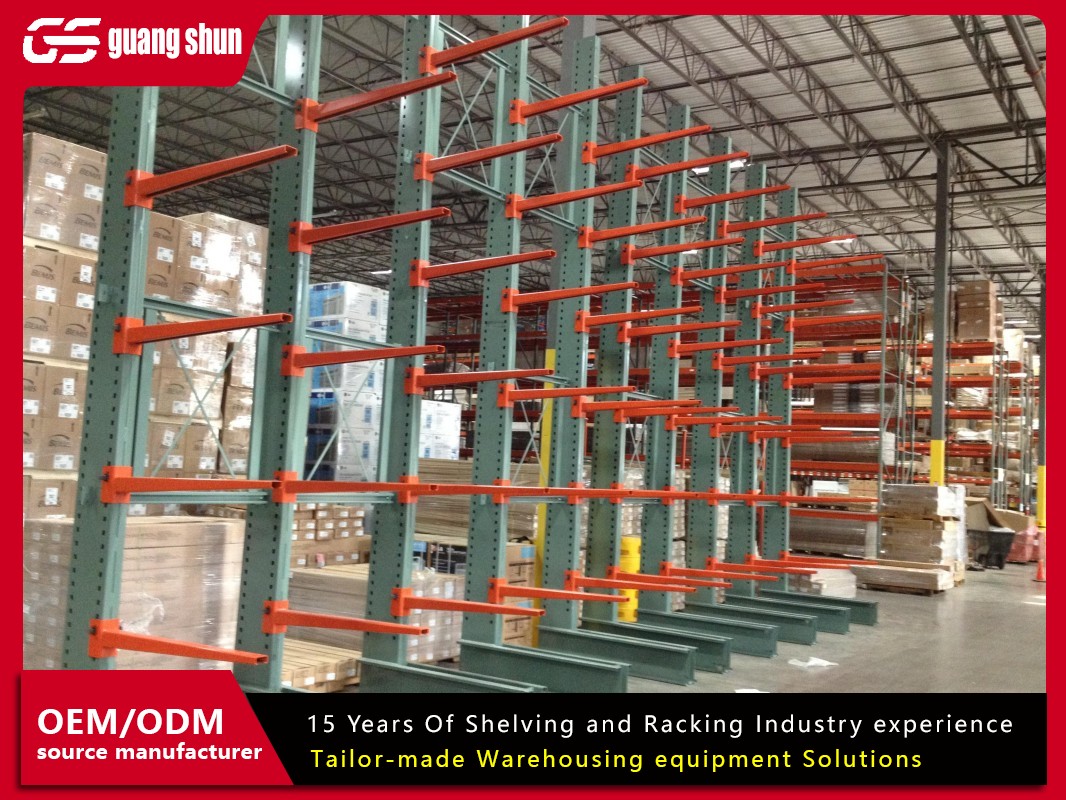When it comes to optimizing storage space and improving operational workflow, the backbone of any successful logistics operation is its racking system in warehouse environments. The right warehouse racks and shelving are not just metal structures; they are a critical investment that dictates the efficiency, safety, and scalability of your entire operation. From receiving to shipping, every touchpoint in the supply chain is influenced by the choice and implementation of your storage solutions.
This article delves into the world of industrial storage, exploring the different types of systems available, the crucial process of warehouse rack installation, common challenges faced during warehouse racking installation, and the pivotal role a well-designed racking system in warehouse layouts plays in driving productivity.
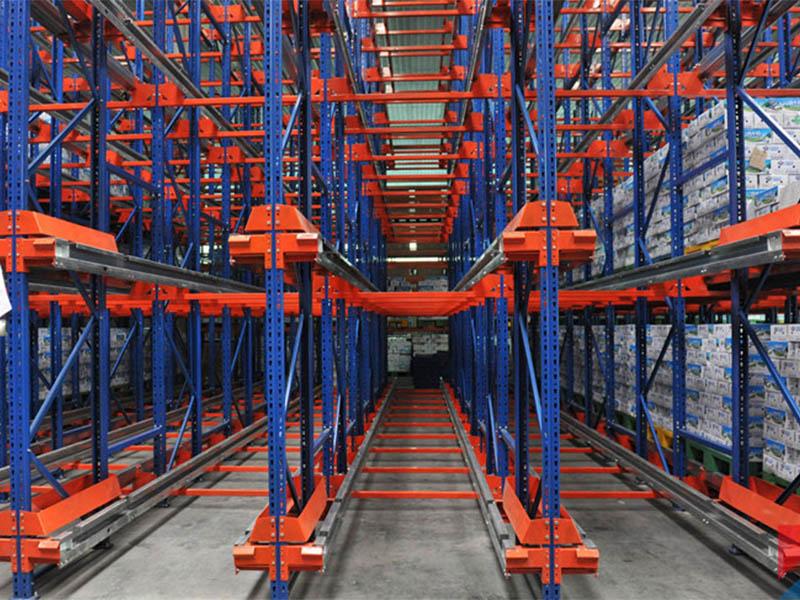
What Are Warehouse Racks and Shelving? The Foundation of Storage
At its core, warehouse racks and shelving refer to the physical structures used to store goods in a systematic and accessible manner. Unlike simple shelves you might find in a garage, industrial warehouse rack systems are engineered to handle immense weights, maximize vertical space, and facilitate specific material handling equipment like forklifts and order-picking trucks.
The primary goal of any racking system in warehouse settings is to increase storage density without sacrificing accessibility. This is achieved by going upward, utilizing the often-wasted cubic airspace of a facility. A well-planned system transforms chaotic floor piles into an organized, high-density storage matrix, allowing for faster inventory turnover, improved safety, and better inventory control.
Types of Warehouse Rack Systems: Choosing the Right Fit
Not all storage needs are created equal. The type of inventory you handle—its size, weight, turnover rate, and SKU count—will determine the ideal warehouse rack type for your operation.
Selective Pallet Racking
This is the most common and versatile type of racking system in warehouse facilities. It consists of vertical frames and horizontal beams, creating accessible aisles for each pallet. Its simplicity allows for direct, selective access to every single load without moving others, making it ideal for warehouses with a high variety of SKUs.
Drive-In and Drive-Through Racking
Designed for high-density storage of homogeneous products, this system eliminates aisles by allowing forklifts to drive directly into the warehouse rack structure. It operates on a Last-In, First-Out (LIFO) or First-In, First-Out (FIFO) basis. It's perfect for cold storage or storing large quantities of the same product but sacrifices immediate access to every pallet.
Push Back Racking
Another high-density solution, push back racking system in warehouse layouts, uses carts on inclined rails. Pallets are loaded from the front, pushing previous loads backward. When a load is removed, the next one moves forward automatically. It offers better selectivity than drive-in systems while still providing good density.
Pallet Flow Racking
This dynamic system uses gravity rollers and a slight decline. Pallets are loaded from the higher end and flow to the lower end where they are unloaded. It’s a FIFO racking system in warehouse environments that is excellent for high-throughput, perishable, or time-sensitive goods.
Mezzanine Flooring
While not a warehouse rack in the traditional sense, mezzanines are a form of warehouse racks and shelving that create a second or third level within a facility. They effectively double or triple your available floor space for storing smaller items, housing packaging stations, or office space.
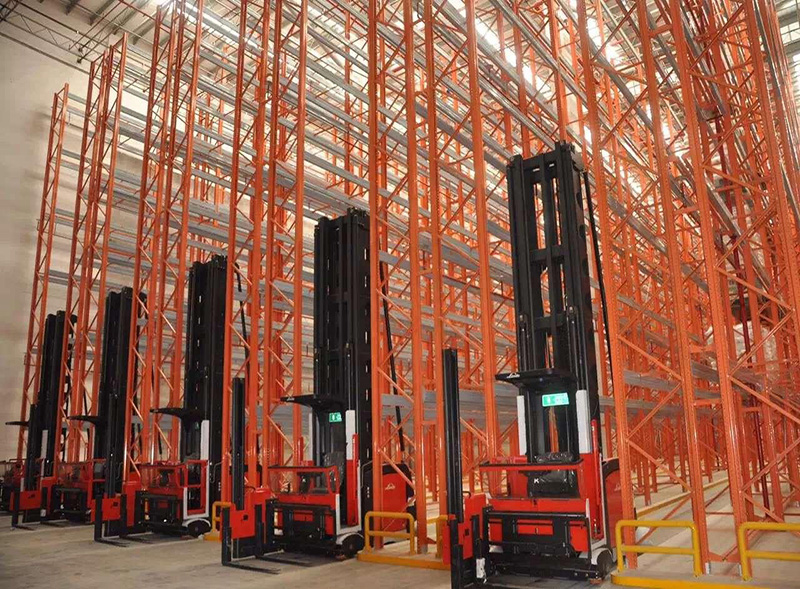
The Critical Process of Warehouse Rack Installation
The purchase of your warehouse racks and shelving is only half the battle. The success and safety of your system hinge entirely on a proper warehouse rack installation. This is not a typical DIY project; it requires precision, planning, and expertise.
Pre-Installation Planning and Assessment
A professional warehouse racking installation begins long before the first bolt is tightened. This phase involves:
Floor Evaluation: The concrete slab must be inspected for integrity, levelness, and compressive strength to ensure it can handle the point loads of the upright frames.
Load Calculations: Engineers calculate the required capacity for each beam level and the overall structure based on your inventory weight.
Layout Design: Using CAD software, designers create a detailed plan that optimizes space, aligns with workflow patterns, and ensures compliance with safety regulations and aisle width requirements for equipment.
The Installation Phase
A certified team will then execute the warehouse rack installation according to the engineered plans. This process involves:
Precise Marking: accurately marking the positions of the upright frames on the floor.
Assembling Frames: connecting upright frames with horizontal and diagonal braces.
Securing the Structure: anchoring each upright frame to the concrete floor using high-strength anchor bolts. This is a non-negotiable step for stability and safety.
Installing Beams: locking beams into the frame’s connectors at the designated heights.
Installing Safety Features: adding row spacers, wire mesh decks, pallet supports, and column guards as required.
Post-Installation Inspection
After the warehouse racking installation is complete, a thorough inspection is mandatory. This includes checking that all bolts are torqued to specification, all anchors are secure, the rack is plumb and level, and all safety components are in place. A final load test is often recommended.
Common Challenges and Problems with Warehouse Racking Systems
Even with the best plans, issues can arise during and after warehouse rack installation. Being aware of these common problems can help you avoid them.
1. Improper or Inadequate Anchoring
This is one of the most critical failure points. Using the wrong type of anchors, incorrect bolt torque, or failing to anchor racks at all can lead to catastrophic collapse, especially during an earthquake or if struck by a forklift. A professional warehouse racking installation service will always use the correct anchors for your concrete floor type.
2. Poor Layout Design
Inefficient aisle widths, incorrect beam levels for inventory size, or poor flow planning can cripple productivity. An ineffective racking system in warehouse operations can create bottlenecks, increase travel time for pickers, and reduce overall storage capacity. Investing in professional design is crucial.
3. Exceeding Load Capacities
Every component of a warehouse rack has a specified load capacity. Overloading beams or storing unevenly distributed loads is a common and extremely dangerous mistake. It can lead to beam deflection and eventual failure. Clearly labeling the Maximum Uniformly Distributed Load (UDL) on each beam level is a simple but vital safety practice.
4. Forklift Damage
Repeated impacts from forklifts can compromise the structural integrity of upright frames. Even minor bends can significantly reduce the load-bearing capacity of the entire racking system in warehouse structures. Regular inspections to identify and repair damage are essential. Installing column guards and providing better driver training can mitigate this risk.
5. Non-Compliance with Safety Standards
Warehouse racks and shelving must comply with safety standards. Ignoring these standards can lead to unsafe conditions, failed safety audits, and voided warranties. A reputable warehouse rack installation company will ensure the system is designed and installed to meet all relevant local and international standards.
6. Neglecting Regular Inspections
A racking system in warehouse facilities is dynamic and subject to wear and tear. Failing to implement a scheduled inspection program (including daily visual checks by staff and more thorough annual inspections by a qualified engineer) allows minor issues to develop into major hazards.
Maintaining Your Warehouse Racks and Shelving System
Protecting your investment goes beyond the initial warehouse racking installation. A robust maintenance program ensures longevity and safety.
Implement a Inspection Schedule: Train staff to report damage immediately. Schedule formal inspections at least annually.
Create a Repair Protocol: Have a process for immediately tagging and cordoning off damaged components. All repairs should be done with OEM (Original Equipment Manufacturer) parts by qualified personnel.
Reconfigure with Care: If you need to reconfigure your warehouse rack layout (e.g., moving beams, adding sections), treat it like a new installation. Ensure the new design is engineered and that the work is done correctly to maintain integrity.
Your choice of warehouse racks and shelving and the quality of its warehouse rack installation are fundamental decisions that will impact your business's efficiency, safety, and bottom line for years to come. It is not an area for cutting corners. By understanding the different types of systems available, respecting the engineering and precision required for proper warehouse racking installation, and committing to ongoing maintenance and safety protocols, you can build a storage infrastructure that not only holds your inventory but also supports your company's growth and success. A well-planned racking system in warehouse operations is more than storage; it's the framework upon which productivity is built.



